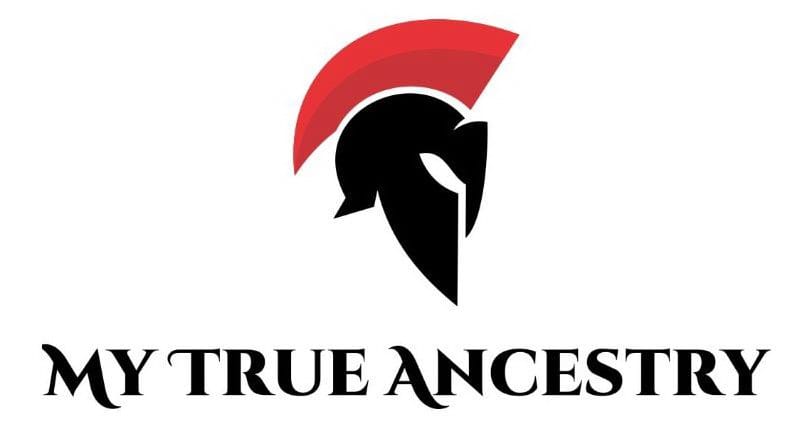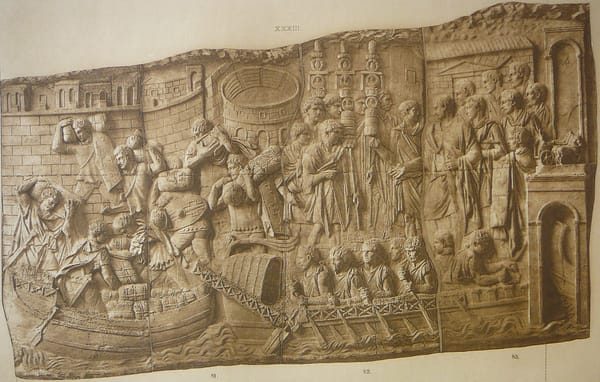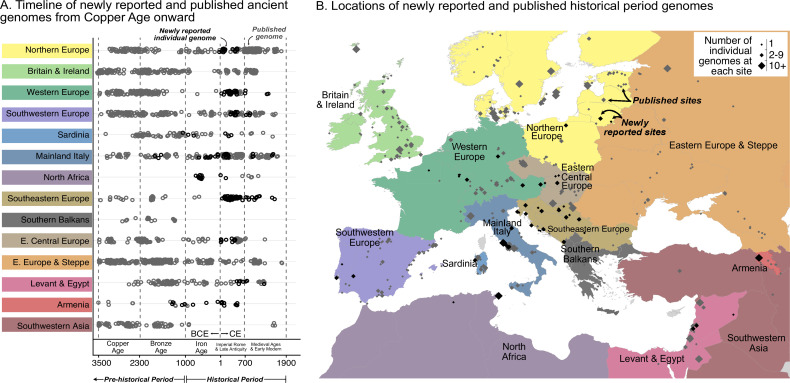Enduring Stability Amidst European Migration: Iron Age Europe





The enduring population structure of Europe since the Iron Age has been unveiled through centuries of archaeological and genetic investigations, offering a mosaic of history teeming with ancient stories and discoveries. These archaeological sites are not mere repositories of bones and artifacts but pages from the storybook of humanity. Every item retrieved, from pottery shards to iron tools, is integral to piecing together the vast jigsaw of human history, highlighting not only migration and war but also the quiet tales of daily life and individual stories.
Recent archaeological findings illuminate a history of ancient populations that were far from static. This network of sites paints a picture of bustling trade routes, military postings, and cultural exchanges that kept the ancient world in constant motion. The evidence suggests a Europe where movement and connection were as dynamic and intricate as a Renaissance painting.
The Eastern Necropolis of Sitifis, nestled in what's now modern-day Sétif, Algeria, tells the story of a town established in 97 A.D. under Emperor Nerva as a Roman colony. It later rose to provincial prominence under Emperor Diocletian, becoming the capital of Mauretania Sitifensis by 293 AD.
Three phases of burial practices were unearthed here:
The necropolis contains 352 graves with 228 identified remains. Grave goods and burial types offer insights into the lives of the Numidian natives (Berbers) and their transition during Roman times. Bioarchaeological studies are piecing together the population history of this significant site, revealing how Roman influences blended with indigenous customs.
This necropolis in Armenia's Shirak province holds secrets from the Achaemenid era through the Hellenistic period, offering a glimpse into the life of tribes that intermingled with others from far and wide. With 350 excavated burials dating from the 5th century BC to the 3rd century AD, the site is rich with artifacts including metalwork and pottery.
The skeletal analysis reveals fascinating demographic patterns:
These grave goods suggest wide-ranging cultural interactions spanning multiple regions and cultural spheres.
The Roman military presence is strongly felt at Klosterneuburg, an auxiliary castle site along the Danube frontier in Pannonia. From here, the Romans kept watch over vital transport routes and Danube crossings. The necropolis reveals fascinating insights into the lives of Roman soldiers and local inhabitants, with graves spanning from the 2nd to the 5th century CE.
The excavations revealed:
These findings illustrate how military affiliations and civilian life were intertwined along the Roman frontier.
The Germanic necropolis in Hassleben is famed for its "Princess of Haßleben" burial, displaying the prominence of Germanic nobility in the 3rd century CE. The site showcases:
These discoveries demonstrate significant contact across the Roman and 'Barbarian' worlds, revealing how wealth and prestige goods circulated beyond the Empire's borders.
Viminacium was a significant Roman military and civilian settlement, with its necropolis (Kod Koraba site) revealing a fascinating array of burial customs and grave goods from the 1st to the 3rd centuries CE. The site includes:
These findings illustrate the social stratification and cultural practices of this provincial Roman capital.
Excavations at Beli Manastir highlighted a Roman layer featuring intriguing infrastructure like brick furnaces and evidence of burials. A notable find was a child's burial constructed from roof tiles with a ceramic vessel. This discovery within a multi-period site adds to our understanding of the Roman way of life in the region.
The strategic Roman fortress of Tilurium, located near Trilj, tells a captivating story of military presence, power shifts, and eventual civilian transformation after the military's departure. The anthropological findings within the fortress offer a glimpse into the lives of the Roman military and their transformation during late antiquity.
The Marxberg Necropolis of Pons Saravi stands as a testament to Late Antiquity burial traditions along the Roman roads. With 88 excavated graves, the discoveries reveal profound family connections and social structures unfolding at this junction of Roman pathways in eastern France.
This site explores the transition from Roman customs to early medieval practices. Intact inhumations with hints of Charon's obols (coins placed in the mouths of the deceased) reflect the evolving burial traditions and socio-religious beliefs as the region transformed from a Roman vicus to an early medieval settlement.
The necropolis at Isola Sacra serves as a key to understanding the multicultural tapestry of Portus Romae, the harbor city of ancient Rome. With graves dating from the 1st to the 3rd centuries AD, the buried middle-class traders and workers from diverse origins exemplify a microcosm of the Roman Empire's cosmopolitan nature.
Bioarchaeological studies conducted at these sites offer a glimpse into the past, unveiling stories of individual lives, population structures, and cultural exchanges from different epochs. These investigations reveal:
The combination of archaeological context, osteological analysis, and genetic information provides a comprehensive view of ancient populations that traditional historical sources alone cannot offer.
These archaeological discoveries collectively demonstrate that European population structure has been shaped by millennia of movement, exchange, and cultural interaction. From Roman military frontiers to trading hubs, from provincial capitals to rural settlements, the evidence points to societies that were far more mobile and interconnected than previously thought.
Comments